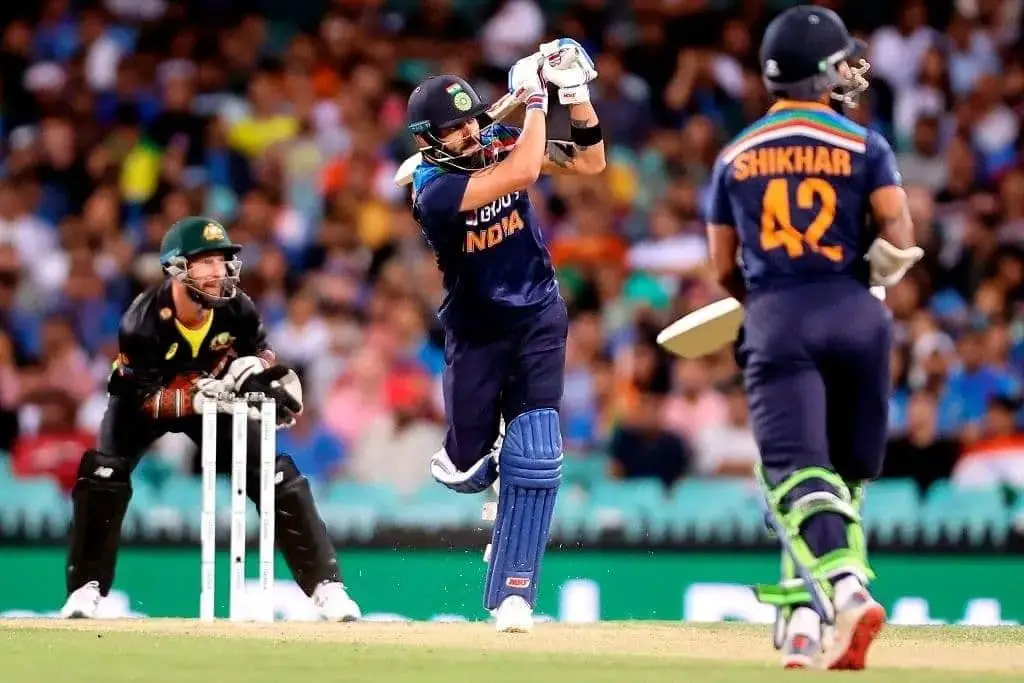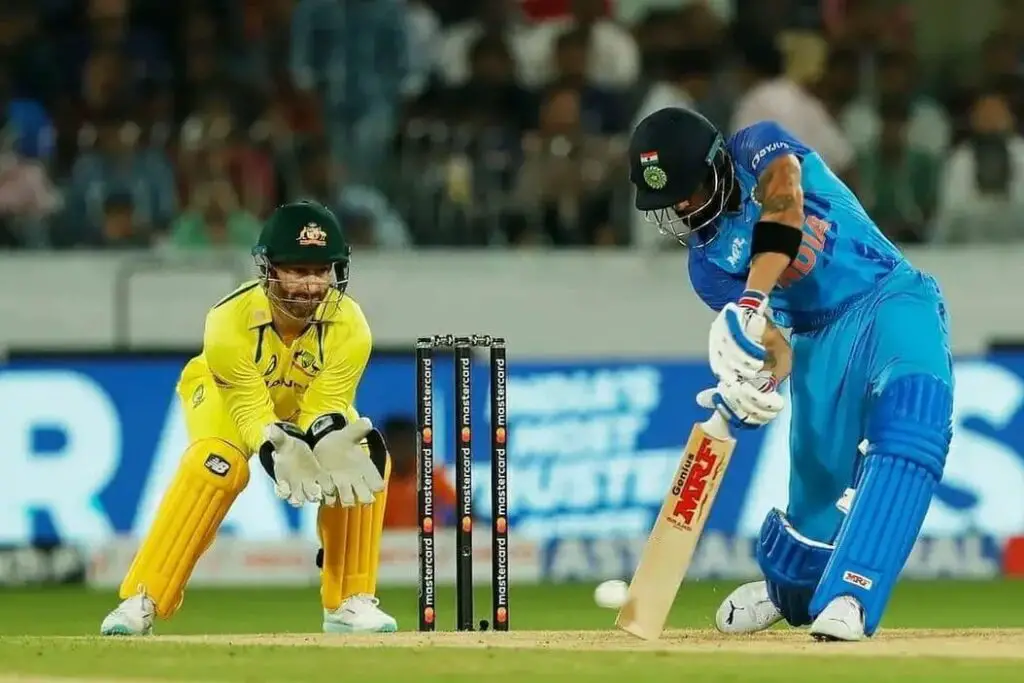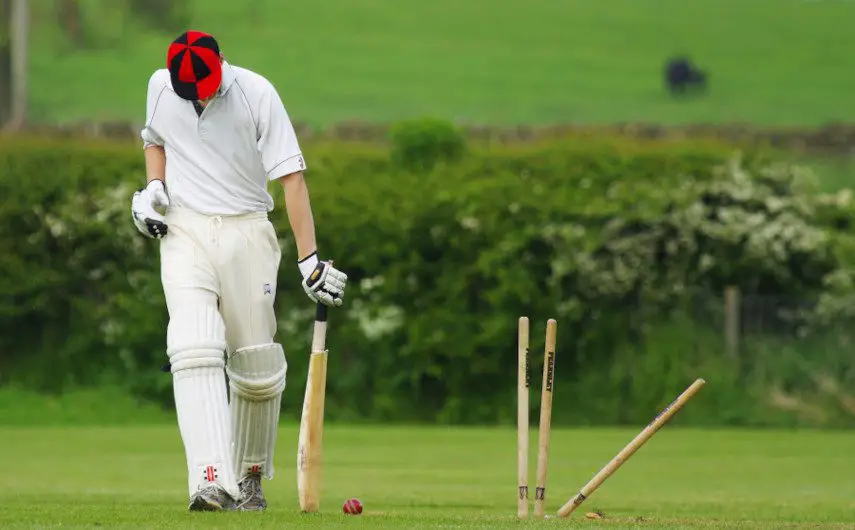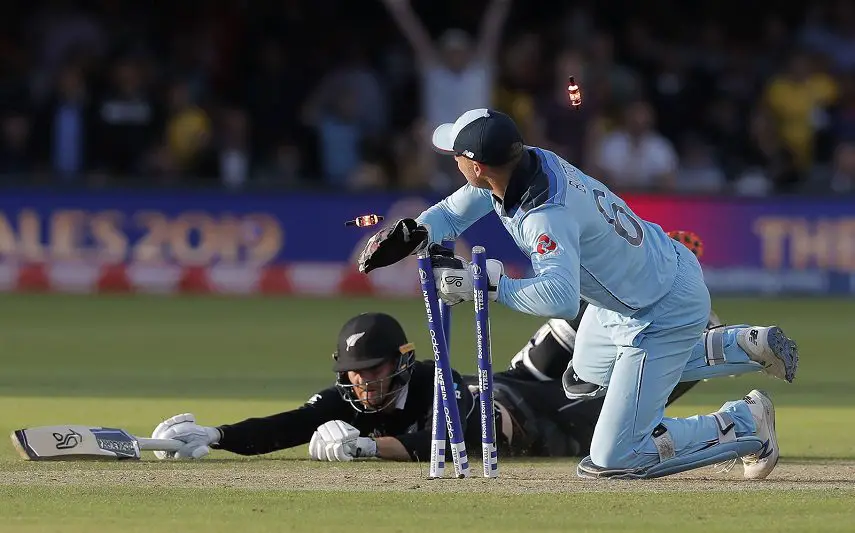Table of Contents
It’s considered by all players to be the pinnacle of cricket. Test matches examine every part of a player’s technique in what is the longest format of the game.
But how long does test cricket last in terms of overs?
What is Test Cricket?
Test cricket is an international format played by full member countries of the ICC. Nations have to demonstrate certain quality standards in order to be sanctioned by the International Cricket Council and, at present, only 12 countries have met those standards.
That fact underlines just how tough test cricket is, but what is the format involved?
How Does Test Cricket Work?
Test cricket is a timed format of the game, so it’s impossible to say how many overs will be bowled in a match. There are, however, minimum requirements for the bowling side to meet, and we’ll come onto those shortly.
Test matches are traditionally played over five days, although there is a proviso for four day games when a strong team is taking on a weaker nation. Each team has the opportunity to bat twice and they have that five-day limit in which to win the game.
There is a chance that a test match can be drawn. If, at the end of the five days, it’s not been possible to get a result, the game will be declared a draw.
Test match days are split into three sessions – morning, afternoon and evening. Each session is scheduled to last for two hours, although this can be flexible in certain circumstances such as when there has been a weather interruption.
Across the entire day’s play, there are rules determining how many overs should be bowled.
How Many Overs are there in a Test Match?
The current law states that a bowling team must deliver 90 overs in a day of test cricket. With six hours of play in prospect, that equates to a rate of 15 overs per hour. The bowling side will need to keep those figures in mind as they progress through the day, as the 90-over rule is an important one.
In the case of slow play, there is the provision to add an extra half an hour on to the end of the evening session. This should allow the bowling side to catch up and to complete their allocation of 90 overs.
If they do not complete their 90 overs in the allotted time, the captain and each member of the team may receive a fine. Those fines can be quite substantial, so it’s important to deliver those 90 overs if at all possible.
Each of the five days demands that 90 overs are bowled. So, in a test match that lasts for five days, we could see 450 overs being bowled. For the minority of four-day test matches, there would be 360 overs.
There is scope to bowl more than 90 overs in a day. The bowling side can keep going if they reach the 90-over mark, but this rarely happens in modern-day test matches. Most sides struggle to reach 90 overs in the three sessions, and they will often need the extra half an hour in order to complete the allocation.
If the overs are not completed by the cut off point, they are simply lost. However, if bad weather has intervened, the umpires will look to make up the time by implementing earlier starts for the remainder of the game.

Rules Relating to the New Ball
Laws relating to overs also come into play when it comes to taking a new ball. At the start of each innings, the team bowling first gets a new ball and it is theirs for the next 80 overs. At the end of those 80 overs, they have the option to take a second new ball.
It is not compulsory to take that second new ball, but it is usually beneficial for the bowling team to do so. The sequence continues to repeat itself until the innings is over.
Test Match Records
The shortest test match in terms of balls bowled came in Antigua in 2009. In a match between the West Indies and England, play was abandoned after just ten balls (1.4) overs, as the ground was considered to be unfit.
The shortest completed test match was played between Australia and South Africa in Melbourne in 1932. Australia won the game after just 656 deliveries (109.2 overs.)
The longest test match in history came back in 1939 when South Africa hosted England at Durban. Timeless tests were common in this period, and the match would last for ten days. The game was drawn, because England’s ship was leaving for home and they couldn’t continue.
Across the game, an incredible 5447 deliveries were sent down. Eight-ball overs were used and this equated to 680.7 of those overs.
Conclusion
In theory, a test match has the capacity to last for 450 overs. These are spread across five days, with each day’s play containing 90 overs.
In the modern day, test cricket is played at a greater pace, so many games will finish early, and there will be fewer than 450 overs bowled.
So there is no definitive answer to the question of how many overs are there in test cricket. We could conclude by saying that a test match will last for a maximum of 450 overs, but many will be quicker.



